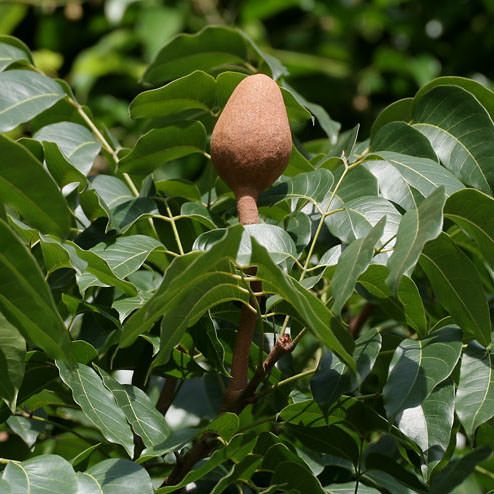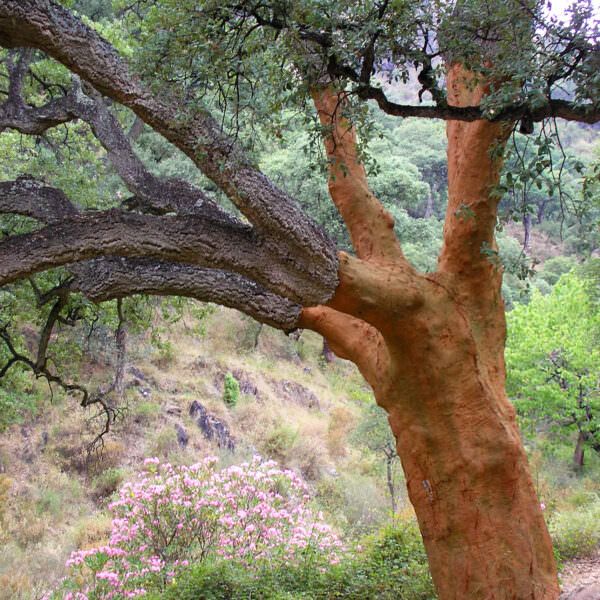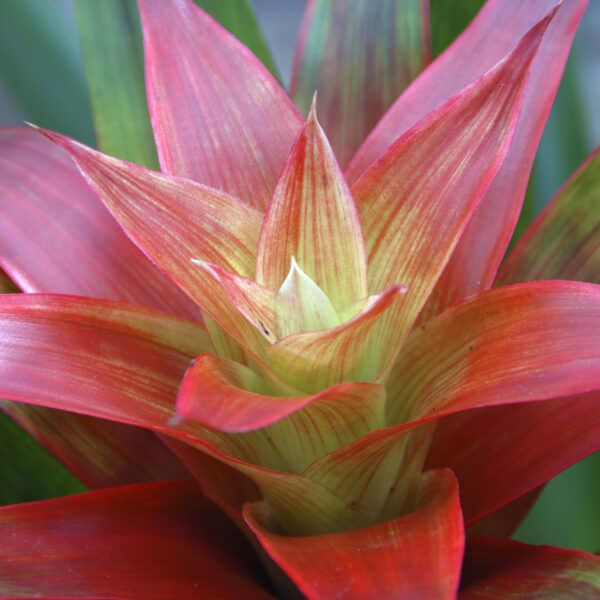We're All In
Together, we're building a future where people and nature thrive. Sign up today and join our movement...
Botany
Though it can grow up to 30 feet tall in the wild, the coffee plant is considered to be a bush or shrub. It may grow with a single stem, but often it develops multiple stems by branching at the base. The coffee plant is an evergreen, with a light gray bark and five-inch leaves that are dark green and glossy. C
offee flowers are small, white and fragrant, helping to attract pollinating insects. When the flowers fall off the plant, berries begin to develop in their place, ripening from a dark green to a bright crimson. Two small green coffee beans, surrounded by skin and pulp, are found inside of the berry. It takes 6-8 years of growth for a plant to be in full fruit production. Coffee plants can live to be 100 years old.
Habitat
Coffee is a shade-loving plant that thrives in areas of high altitude, where there is a wet and dry season. Originating in Ethiopia and Sudan, today more than two-thirds of the world’s coffee is grown in Latin America.
Significance
Coffee is the second most valuable commodity today in international commerce after oil; $2 billion worth is traded every year. In every country in the world, people are drinking coffee. The two economically important species of coffee are C. Arabica and C. Robusta. Coffee was traditionally grown in the shade of trees. However, in the 1970s, coffee farmers began planting dwarf shrubs that produced higher yields and required no shade, resulting in the clearing of the shade trees. But the dwarf shrubs require fertilizers, pesticides, and constant care. In addition, many species of migratory birds suffer as their winter tropical habitat is converted from forests to full-sun coffee farms.
Did You Know
Legend has it that the energizing effects of coffee were first discovered by a goat. Thousands of years ago in what is now Ethiopia, an Abyssinian herder noticed that, after his goats ate the bright red berries of the coffee plant, the animals became quite energetic. He showed his discovery to some monks at a nearby monastery, who then brewed the berries into a beverage to keep them awake during evening prayers. Thus, the first cups of coffee were born. From Ethiopia, coffee spread across Arabia, and eventually found its way into cups around the world.
What We're Doing
We work with farmers and companies in the coffee supply chain, governments, civil society, and millions of individuals to protect forests and biodiversity, act on climate change, and promote the rights and improve the livelihoods of rural people.
Sources
- Jukofsky, Diane. Encyclopedia of Rainforests. Connecticut: Oryx Press, 2002.
- United States Department of Agriculture



